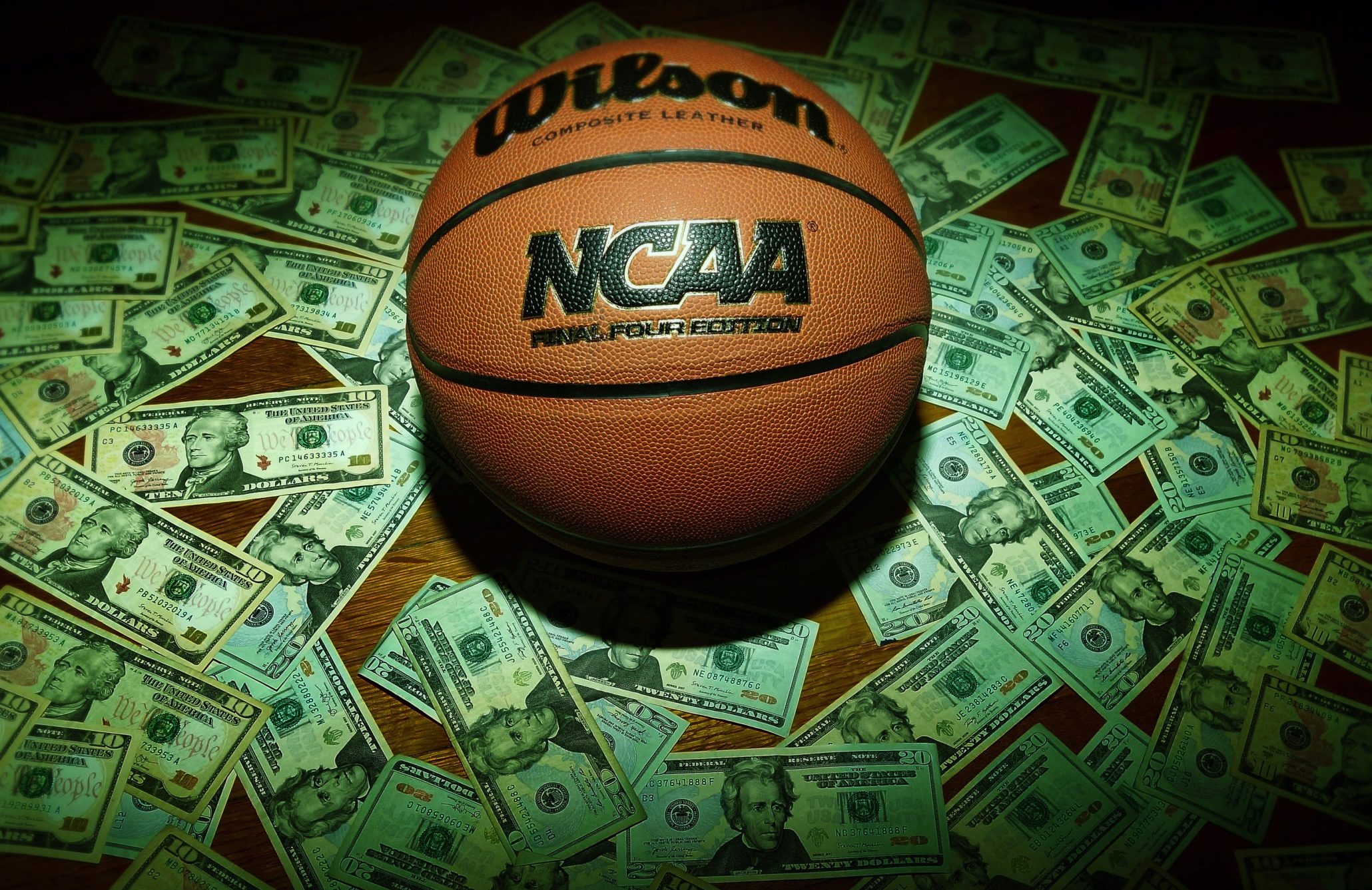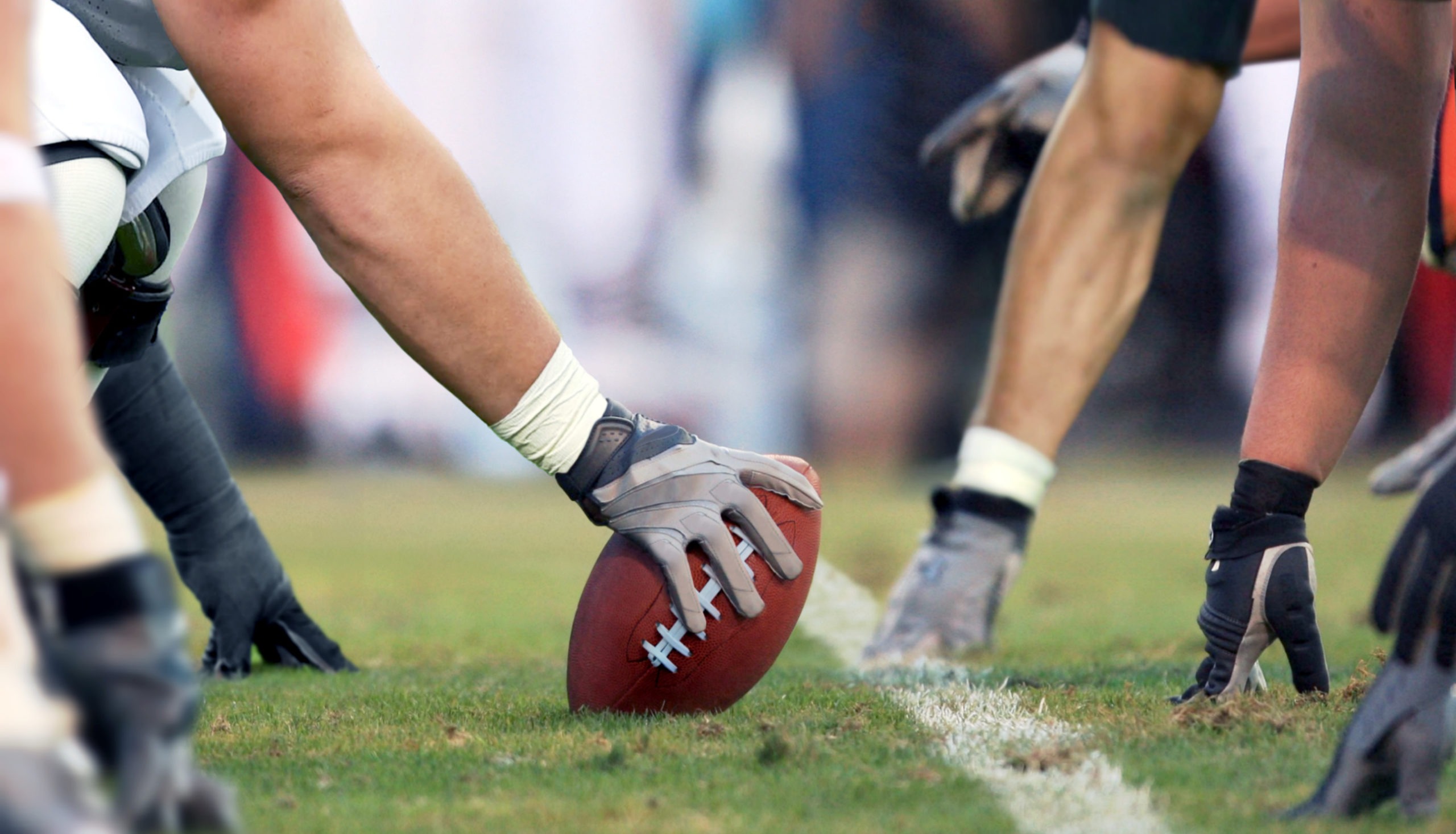The Rise of the Personal Brand and NIL
Published on Oct. 26, 2022, at 7:45 p.m.
by Carleigh Clark.
Name, image and likeness. Three words that have changed the landscape of college athletics almost overnight.
NIL deals created millionaires out of college athletes seemingly instantaneously. The National Collegiate Athletic Association voted on June 30, 2021, to allow athletes to profit from their name, image and likeness while playing on the collegiate level.
The NCAA Division II Presidents Council Chair Sandra Jordan said, “The new policy preserves the fact college sports are not pay-for-play.”

Athletes cannot make income from strictly performing on the field or court. What they can do is sign deals with companies to be a brand ambassador, appear in commercials and ad campaigns, create their own merchandise to sell, and host lessons or camps for monetary gain. The list of possibilities is expansive, so those are just a few examples.
Alabama quarterback Bryce Young is the highest paid NIL athlete in the country. He is estimated to have an earned value of $3.2 million. Ohio State quarterback C.J. Stroud is a close second with an estimated NIL value of $2.5 million. College football specifically is dominating the NIL space with 29.3% of all deals. Baseball comes in second with only 8% of deals.
As companies like Dr. Pepper, Cash App, Bojangles and Lamborghini are cashing in on NIL deals, what does that mean for public relations professionals? Allowing 18-to-22-year-olds to be the face of your brand can be risky.
Auburn quarterback T.J. Finley announced a deal with Amazon Fashion on Aug. 2 of this year. Just two days later, news leaked that Finley had been arrested and charged with attempting to elude police in Auburn, Alabama. Making the story even more complex, he attempted to elude on a moped scooter.
Following Finley’s arrest, he hosted an autograph event with Extreme Powersports on Aug. 25. Extreme Powersports is a company that sells scooters and motorcycles. Ironic, right?
While the situation is a little laughable, it was a negative look for Finley’s personal brand and the companies he signed deals with.
In August of 2021, Oregon defensive backs Jamal Hill and DJ James faced charges for unloading an air soft gun on individuals in Eugene, Oregon. The incident with Hill and James occurred a little over a month following the NIL decision from the NCAA. This event is just another example of poor decision making from college athletes.
According to the University of Rochester Medical Center, the human brain is not fully developed until around age 25. College students are statistically more likely to make careless mistakes than adults with a fully developed brain.
So why do brands continue to allow a demographic that is more likely to make mistakes represent them?
It’s simple.
Athletes today are treated like celebrities, as they should be. They put their bodies and future careers on the line for the name on the front of their jersey. However, with NIL, the name on the back of the jersey seems to mean a little more.
Personal brands are quickly advancing. The rise of personal brands began in the early 2010s with the rise of social media. Instagram launched in 2010, and Snapchat closely followed in 2011.
The introduction of these two social media platforms, in particular, gave anybody with access to the apps the ability to physically see what others were doing in real time. Fast forward to 2022, and college athletes are using Instagram and TikTok specifically to showcase brands that they use or endorse.
College athletes are influencers. Bryce Young’s first NIL deal was with Logan’s Roadhouse. Young promoted the restaurant through social media and radio spots. One can assume that children currently playing little league football saw his campaign. Those children see a successful college athlete eating at Logan’s Roadhouse and that’s what they want for dinner that night as well.

Brands are presented with the opportunity to cut back on their own leg work by simply partnering with people who have already amassed a following and built relationships with their target audience. For example, current LSU gymnast and former member of the USA national team Olivia Dunne has 2.2 million Instagram followers and 6.1 million TikTok followers. Dunne already has an audience who loves her and follows her personal brand.
Her most recent sponsored post was with American Eagle on Instagram. The post accumulated over 2,000 comments.
The opportunity is there for the picking. When the NCAA decided to allow athletes to earn profit on their own brands last year, the portal to easy exposure for brands was opened. Target audiences are already put into groups as followers. Each sport has established its own fans, and those fans have their favorite teams and athletes. The best way to create relationships between a brand and an audience is showing support for something people already love.
Work smarter, not harder. Thanks to NIL, college athletes can fully embrace their celebrity status with little confusion. Schools won’t pay, but personal branding will.




